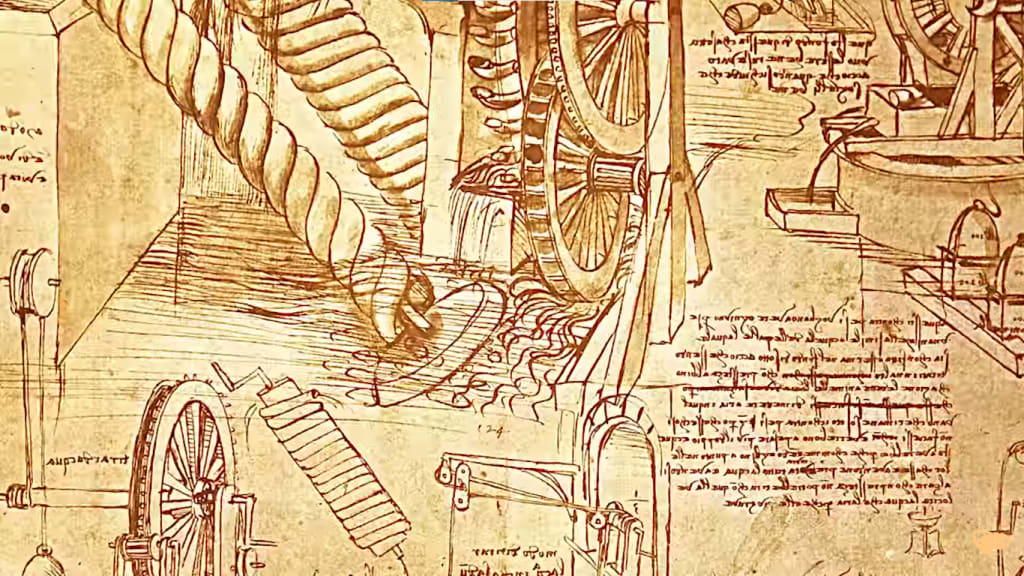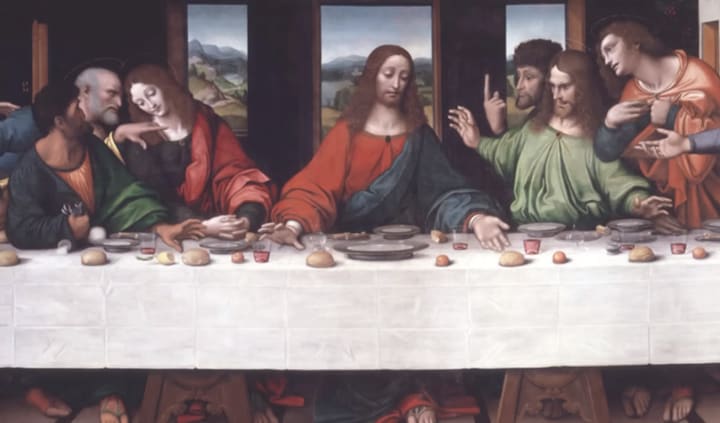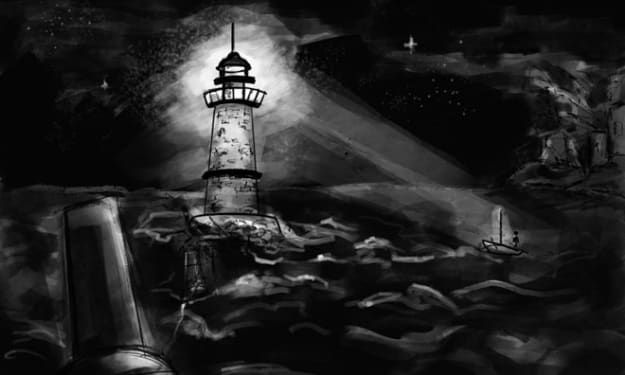6 Mysterious Secrets Hidden in Famous Works of Art
Here are some amazing mysterious secrets found within famous art works.

Art is not just about aesthetics, it often reflects the innermost thoughts and characteristics of the artists. Some of the most celebrated works of art are shrouded in mystery, containing secret meanings, solved riddles, and even hidden images. Here are some of the most intriguing secrets hidden in famous works of art.
1. The Many Mysteries of the Mona Lisa
Leonardo da Vinci's masterpiece, the Mona Lisa, is one of the most recognizable paintings in the world. The painting remains an unsolved riddle - a nameless woman with a mysterious smile on her face. No one knows who she was or who she was to Da Vinci, or if she was really smiling. Hidden messages and clues continue to be discovered, from Da Vinci's initials LV in her right eye to the number 72 marked in the arch of the bridge. Some say the woman was pregnant due to her arms covering her stomach and a veil around her shoulders, often worn by Italian Renaissance women who are expecting or have recently delivered. Researchers even discovered another painting lurking beneath the surface, likely an earlier version and possibly a real-life portrait of Lisa del Giocondo, his subject. Why that portrait was painted over remains yet another mystery.
2. Botticelli's Primavera
The 1482 long-panel painting that hangs in Florence's Uffizi Gallery is another of the better-known pieces of Western art. Mythological creatures, including Venus, Mercury, and the Three Graces, are clearly visible, along with at least 500 species of plants, all of which have already been identified by botanists and include some 190 separate kinds of flowers painted with excruciating detail in the garden background itself.
3. Jan van Eyck's Hidden Self-Portrait
Jan van Eyck's 1434 painting, the Arnolfini Portrait, which now hangs in the National Gallery in London, is a beautiful depiction of a wife and her husband and shows off his fascination with the effects of light, which is seen in the intricate folds of her dress, the chandelier above their heads, and the spherical mirror that hangs on the opposite wall, reflecting the scene back to the viewers. If you look closely, and possibly with the help of a magnifying glass, you can make out two other figures painted in that reflection, standing where the viewers presumably would. One is likely the artist himself, with his arms raised as if to greet those looking at the painting.
4. Picasso's The Old Guitarist
Money ran especially low during Picasso's blue period from 1901 through 1904, so the artist took to repurposing and reusing what supplies he already owned. The Old Guitarist, one of his more haunting and iconic pieces made during that time, was actually painted over a previous work. If you look closely at the man's neck, you can see the obvious outline of a woman's face and figure, the contours of which have become increasingly more apparent due to the fading blue paint.

5. A Musical Last Supper
The details in Da Vinci's The Last Supper, which depicts Jesus's final meal with his disciples, have been studied and speculated for centuries. One hidden code is said to have been found by an information technologist who created an interesting visual effect by overlaying a semi-transparent mirrored version of the painting on top of the original. The result is that two figures that look like Templar knights appear at both ends of the table, while someone who is possibly holding an infant stands next to Jesus's left. Another discovery, which is pretty grim, possibly refers to the end of the world, as the sundial positioned over the head of Jesus is said to predict the universal flood in the year 4406. But the most compelling discovery came in 2007 when Italian musician Giovani Maria Pala found that the positions of the loaves of bread and the apostles' hands, when read from right to left, which is Da Vinci's own unique writing style, form a 42-second musical composition echoing a requiem. It's very possible that Da Vinci did this on purpose, as he was an accomplished musician on top of being an artist, inventor, and ninja turtle.
6. The Creation of Adam
Michelangelo, who was always intrigued by the human anatomy and who was dissecting human corpses at the age of 17 in the Church Cemetery, seemed to have taken inspiration from the human body to paint the Creation of Adam. Neuroanatomy experts say the level of detail in the painting shows an accurate and precise depiction of the human brain, from the cerebellum and optic chiasm to the pituitary gland and vertebral artery. The painting is one of the most famous works in the Sistine Chapel and it seems to have also been a lesson in brain anatomy. While some might dismiss this as a coincidence, experts believe that Michelangelo's attention to detail was intentional.
The secrets hidden in famous works of art are often just as intriguing as the art itself. They give us a glimpse into the minds of the artists and their creative processes. These secrets continue to be discovered and studied, adding to the mystique that surrounds these masterpieces.
About the Creator
Enjoyed the story? Support the Creator.
Subscribe for free to receive all their stories in your feed. You could also pledge your support or give them a one-off tip, letting them know you appreciate their work.





Comments (1)
Test is not accepting comments at the moment
Want to show your support? Send them a one-off tip.